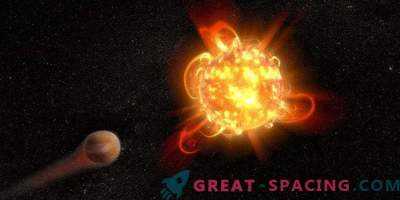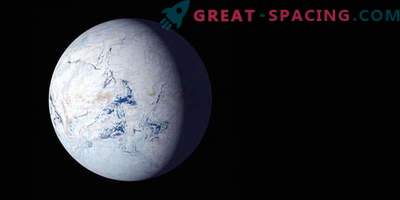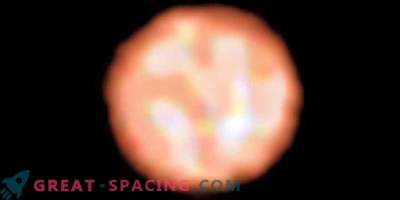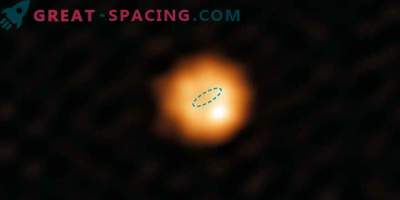
The surface of the planet around a red dwarf star. The facility is located in the habitable zone, but low levels of UV rays can impede the chemical processes that life needs.
UV light has a bad reputation because it is responsible for burns and other negative effects on living beings. But scientists say that it could play an important role in the emergence of life on our planet and tell you where to look for other organisms.
The study says that red dwarfs can produce enough UV rays to activate biological processes. For example, certain doses are capable of responsible for the creation of ribonucleic acid.
Scientists have focused on the red dwarfs, inferior in massiveness and size of the Sun, as well as their planets. Not so long ago, we found potential targets with the possibility of the presence of liquid water. Among them, Proxima Centauri, TRAPPIST-1 and LHS 1140 were mentioned. Models show that the surface of the planets in the habitable zone will experience 100-1000 times less UV light than a young star. Chemistry will continue to work, but the process may slow down. In order for life to appear, sufficient exposure is necessary.
Researchers say that such a scenario is possible in TRAPPIST-1. The main thing is not to get too much energy, otherwise it will destroy the atmosphere. It is also important to understand whether life can form at levels below those that our planet has inherited.
The scientific world is interested in solving, because red dwarfs are the most valuable objects for study. The problem is that we can only repel oneself from earthly models of formation. Therefore, we need to expand our knowledge so as not to miss potential goals.











































